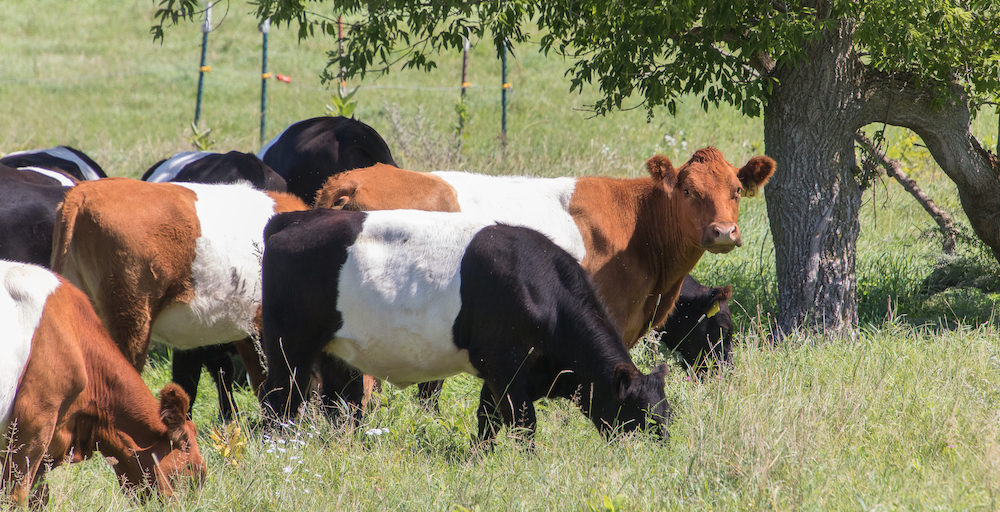
In spring 2020, consumers all across the country experienced shortages of fresh and packaged foods; and for most of us, this was a first in our lives. We found ourselves staring at sparsely-stocked grocery shelves, nearly empty dairy sections, and signs warning us that we were limited to the number of poultry or beef packages we could add to our carts.
News stories told of COVID outbreaks at the very large scale meat plants, and the resultant dramatic cuts to production. We became familiar with pictures of vegetable fields being plowed under, and of farmers emptying milk tanks to the ground.
The lack of capacity in the big factories trickled down to the small-scale livestock producers because more and more consumers began searching for locally-grown beef, pork, lamb, and poultry. All that protein had to be handled at smaller-scale processors – and they quickly became swamped.
Now, we find ourselves with over-burdened processors and the need to build capacity. But can we? A smaller-scale processing plant is an expensive enterprise to upscale, refurbish, or start-up. Are there options? What about the policies that might help this along?
In this Deep Roots Radio interview, Lauren Langworthy, Special Projects Director for the Wisconsin Farmers Union, describes the issue and the series of farmer/processor/policy maker conversations and webinars now being held to address the challenge.
The next five webinars will be held at noon, Central Time, on January 14, January 28, February 11, March 11, and April 8, 2021. They are free, register here.
I hope you enjoy this very informative interview.
















